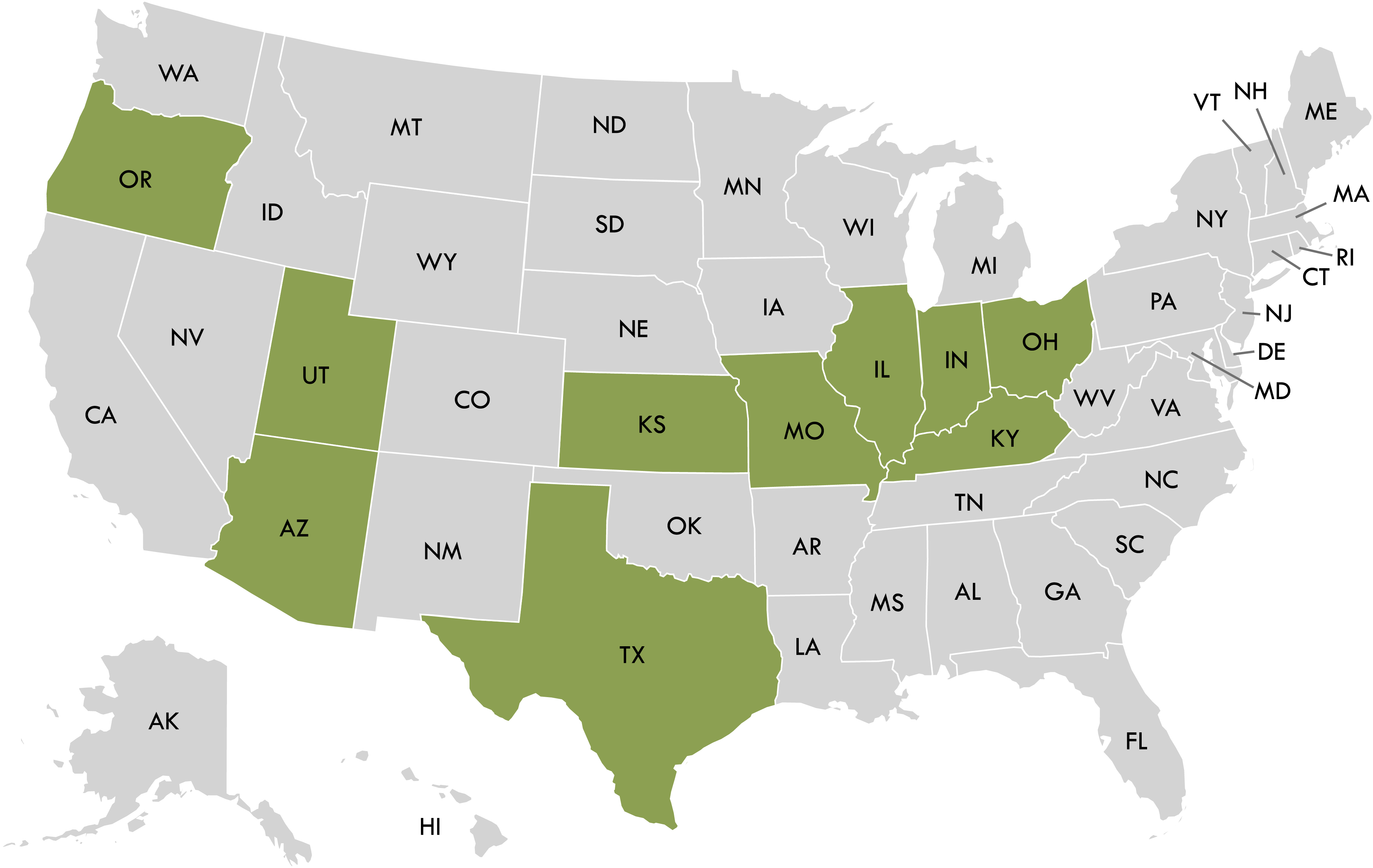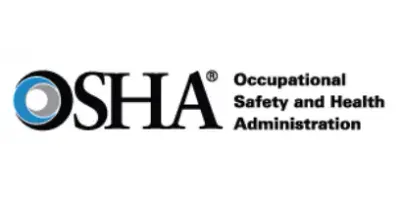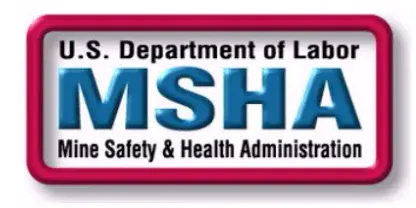
In a modern world what is the draw of apprenticeship? Why does anyone enter into this relationship instead of choosing college or an entry level job? To begin with, the apprentice starts with a paying job and the promise of advancement. There are guaranteed increases in pay as their skills and understanding increase. There are apprenticeship programs in health care, information technology, energy, and construction to name only a few. Aspen Communications sponsors a Telecommunications Technician Apprenticeship that is endorsed by the State of Arizona and the United States Department of Labor. Not only is the training in the workplace, but often it includes classroom instruction. This instruction is frequently found in community colleges as associated work training and can lead to an Associate’s or Bachelor’s degree. Occasionally an apprenticeship includes classroom training from industry specific qualified trainers either in classrooms or vct (virtual classroom training) by industry experts as is Aspen’s apprenticeship program. The completed full course of training and instruction, along with supervised experience and certification testing over the course of one to six years produces a nationally recognized long-term career for the successful apprentice.
This apprenticeship in turn provides a pathway to advancement for a person with interest in the employer’s business. This is a channel for stable, trained, and experienced staff for the business. The clearly defined program of an apprenticeship provides individuals with the highest and most professional standards in each industry. As most of the apprenticeship programs include an emphasis on safety, it also provides employees who are knowledgeable in most aspects of safety generally and specifically in OSHA. Over time these apprentice relationships prove 91% of apprentices are still employed nine months later and longer; a stable workforce for the employer. State of Arizona provides some tax credits and incentives to employers for sponsoring these programs.
Easy to see how mutually beneficial these programs are for both the employee and employer, but how is it of benefit to our states and why are they supported in workforce development? This is one case where all parties win. As employees become more skilled and advance their careers, the employer grows a more skilled and professional staff that is also capable of developing future apprentices. The business thrives with well trained, productive, and loyal staff earning good wages. The community benefits by a strong business and a productive workforce. Department of Labor cites the following statistic:
The average wage for a fully proficient worker who completes an apprenticeship is $50,000 annually. Apprentices who complete their program earn approximately $300,000 more during their career than non-apprenticeship workers.
Everyone wins!











